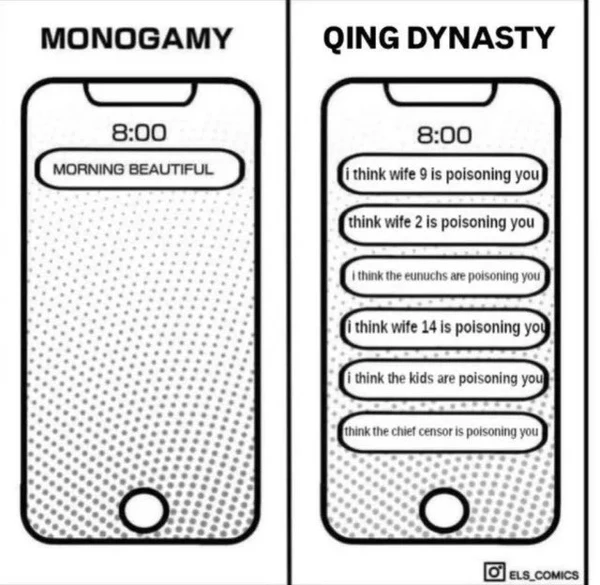- 20
- 16
- 7
- 15
I know very little about Henry VIII like why would anyone study bong history - and I'm more partial to the idea that English reformers within the Catholic Church manipulated Mr. #8 to create the Church of England they wanted, what do drama historians think about this thread?
- 36
- 17
I think it would be the dissolution of the Soviet Union. Nothing beats that because all of a sudden the US became a complete single unipolar powerhouse. All the nation states including India that had closed economies had to shift towards open economies as they realized that system was not working out.
You had McDonalds all the way in Russia. That is how you knew capitalism truly won over communism.
I cannot imagine any other event of the 1990's that shook the world as much as the dissolution of the soviet union.
Today that event still impacts the world as Russia in its present form is too small to fight for itself and thus fell into the sphere of influence of China.
Is there any other major event of the 1990's that had as great an impact?
- 6
- 13
If it were only Nero, then sure, but apparently he was involved with multiple people afterwards, one that continued to call him Poppaea, and the other Poppaea's ex-husband.
Was Rome just a bunch of schizos LARPing?

- 15
- 30
- 16
- 37
A summary with this video as the main resource
Some of the plans discussed with marseys !!!
Some the characters
 Rumsfeld, secretary of defense involving himself in all plans because...
Rumsfeld, secretary of defense involving himself in all plans because...
Made a bunch of criteria and basically just wants a medal
 Franks, centcom commander and working with Rumsfeld as a tard wrangler.
Franks, centcom commander and working with Rumsfeld as a tard wrangler.
Initial plan:


Plan 2 1:
(actual  speaker of the house Mcgregor, on the board for "unorthodox thinking". This is (his)story)
speaker of the house Mcgregor, on the board for "unorthodox thinking". This is (his)story)



|
|
⌄The meeting, 2001. This will determine how U.S forces will strike the terrorist who killed thousands in the largest attack on U.S soil. Full of the most brilliant military strategists and high ranking members:

 (colonel in the meeting)
(colonel in the meeting)

 >I'm not doing this!
>I'm not doing this!
The colonel walked out the meeting upon hearing Mcgregor downplay artillery and logistics. That plan was scrapped and Rumsfeld complained that the generals didn't understand innovation
------Plan two
February 2002:


 didn't understand that it takes 21 days to sail from the United states to kuwait
didn't understand that it takes 21 days to sail from the United states to kuwait
 realized that to suit the man (a member of !r-slurs ) they needed foreign bases and so a coalition began being put together.
realized that to suit the man (a member of !r-slurs ) they needed foreign bases and so a coalition began being put together.
As Franklin was touring the middle east for potential allies, centcom was trying to formulate a plan for Rumsfeld. In Spring of 2002, half a year since 9/11, members of centcom were outed as moles and expelled from the planning team for feeding Rumsfeld confidential information.
Rumsfeld interference in the planning of the military impeded progress as he attempted to micromanage everything. He even didn't initially want any real air involvement as he was certain in taking control of Iraq in 45-60 days at most.
------Plan 3: running start----




Eventually in September a ground commander guy was assigned and he thought all this was r-slurred. He wargamed current plans and designed a better one called Cobra 2, which sounds cool and also had more manpower and additional Marine regiments.
Franks liked the plan as it wasn't suicidal and Rumsfeld also liked it. As planning proceeded though Rumsfeld tried cutting down on the number of troops and wanted to avoid reservists until neccessary.
Then a chink spoke to congress in 2003


It was speculated by military higher ups that Rumsfeld thought reservists would be fighting in the front when they'd be handling controlled areas and securing supply lines.
But our boomertard had backup, yes. GlowBIPOCs said that divisions of the Iraqi army would switch teams and being fighting for America, home of the free, when shit hit. Plans were then made assuming Iraqi armymen and rebels would help a fair bit as coalition forces, under  , would be overexerted alone.
, would be overexerted alone.
Less than a brigade of men were recruited.
While planning, Turkey had denied access for the 4th division that'd be attacking from their borders into Iraq. A meeting as held to determine what to do as that was vital to the plan



The fourth division being in the northern sea had no effect on the campaign and was just lost manpower
and finally, in March 2003, the invasion began.
- 17
- 16
- 3
- 12
- 5
- 18
The caning of Charles Sumner, or the Brooks–Sumner Affair, occurred on May 22, 1856, in the United States Senate chamber, when Representative Preston Brooks, a pro-slavery Democrat from South Carolina, used a walking cane to attack Senator Charles Sumner, an abolitionist Republican from Massachusetts. The attack was in retaliation for an invective-laden speech given by Sumner two days earlier in which he fiercely criticized slaveholders, including pro-slavery South Carolina Senator Andrew Butler, a relative of Brooks. The beating nearly killed Sumner and contributed significantly to the country's polarization over the issue of slavery. It has been considered symbolic of the "breakdown of reasoned discourse"[1] and willingness to resort to violence that eventually led to the Civil War.


In 1856, during the "Bleeding Kansas" crisis, Sumner denounced the Kansas–Nebraska Act in his "Crime against Kansas" speech, delivered on May 19 and May 20. The long speech argued for the immediate admission of Kansas as a free state and went on to denounce the "Slave Power"—the slave owners and their political power:
Not in any common lust for power did this uncommon tragedy have its origin. It is the r*pe of a virgin Territory, compelling it to the hateful embrace of slavery; and it may be clearly traced to a depraved desire for a new Slave State, hideous offspring of such a crime, in the hope of adding to the power of slavery in the National Government.[3]
Sumner's rhetoric was largely directed at the authors of the Act, Senators Stephen A. Douglas of Illinois and Andrew Butler of South Carolina. Regarding Butler, Sumner said:
The senator from South Carolina has read many books of chivalry, and believes himself a chivalrous knight with sentiments of honor and courage. Of course he has chosen a mistress to whom he has made his vows, and who, though ugly to others, is always lovely to him; though polluted in the sight of the world, is chaste in his sight—I mean the harlot, Slavery. For her, his tongue is always profuse in words. Let her be impeached in character, or any proposition made to shut her out from the extension of her wantonness, and no extravagance of manner or hardihood of assertion is then too great for this senator. The frenzy of Don Quixote, in behalf of his wench, Dulcinea del Toboso, is all surpassed.[4]
Sumner also mocked Butler's speaking ability, which had been impeded by a recent stroke:[5]
[He] touches nothing which he does not disfigure with error, sometimes of principle, sometimes of fact. He cannot open his mouth, but out there flies a blunder.[6]


Two days later, on the afternoon of May 22, 1856, Brooks entered the Senate chamber with Keitt and another ally, Representative Henry A. Edmundson of Virginia. They waited for the galleries to clear, being particularly concerned that there be no ladies present to witness what Brooks intended to do.[13] He confronted Sumner as he sat writing at his desk in the almost empty Senate chamber. "Mr. Sumner, I have read your speech twice over carefully. It is a libel on South Carolina, and Mr. Butler, who is a relative of mine", Brooks calmly announced in a low voice. As Sumner began to stand up, Brooks beat Sumner severely on the head before he could reach his feet, using a thick gutta-percha cane with a gold head. The force of the blows so shocked Sumner that he lost his sight immediately. "I no longer saw my assailant, nor any other person or object in the room. What I did afterwards was done almost unconsciously, acting under the instincts of self-defense", he recalled later
Sumner was knocked down and trapped under the heavy desk that was bolted to the floor. His chair, which was pulled up to his desk, moved back and forth on a track; Sumner either could not or did not think to slide his chair back to escape, so it pinned him under his desk. Brooks continued to strike Sumner until Sumner rose to his feet and ripped the desk from the floor in an effort to get away from Brooks.[15] By this time, Sumner was blinded by his own blood. He staggered up the aisle and, arms outstretched, vainly attempted to defend himself, but that made him an even larger and easier target for Brooks, who continued to beat him across the head, face, and shoulders "to the full extent of [my] power". Brooks did not stop when his cane snapped; he continued thrashing Sumner with the piece that held the gold head. Sumner stumbled and reeled convulsively, "Oh Lord," he gasped, "Oh! Oh!" Near the end of the attack, Sumner collapsed unconscious, although shortly before he succumbed, he "bellowed like a calf" according to Brooks. Brooks grabbed the falling Sumner, held him up by the lapel with one hand, and continued to lash out at him with the cane in the other.[16][17] Several other Senators and Representatives attempted to help Sumner, but were blocked by Edmundson, who yelled at the spectators to leave Brooks and Sumner alone,[18] and Keitt, who brandished his own cane and a pistol, and shouted, "Let them be!" and "Let them alone, God darn you, let them alone!"

Representatives Ambrose S. Murray and Edwin B. Morgan were finally able to intervene and restrain Brooks, at which point he quietly left the chamber.[23] Murray obtained the aid of a Senate page and the Sergeant at Arms, Dunning R. McNair.[24] As Sumner regained consciousness they were able to assist him to walk to a cloakroom.[25] Sumner received first aid and medical attention, including several stitches.[26] With the aid of Nathaniel P. Banks, the Speaker of the House, and Senator Henry Wilson, Sumner was able to travel by carriage to his lodgings, where he received further medical treatment.[27] Brooks also required medical attention before leaving the Capitol; he had hit himself above his right eye with one of his backswings
The cane Brooks used was broken into several pieces, which he left on the blood-soaked floor of the Senate chamber. Some, including the cane's gold head, were recovered by Edmundson, who gave the portion with the head to Adam John Glossbrenner, the House Sergeant at Arms.[29][30] This portion of the cane eventually ended up at the Old State House Museum in Boston; it was worked to smooth the edges and finish, and then put on display.[31] Southern lawmakers made rings out of the other pieces Edmundson recovered from the Senate floor, which they wore on neck chains to show their solidarity with Brooks, who boasted "[The pieces of my cane] are begged for as sacred relics."
The episode revealed the polarization in America, which had now reached the floor of the Senate. Sumner became a martyr in the North and Brooks a hero in the South. Northerners were outraged. The Cincinnati Gazette said, "The South cannot tolerate free speech anywhere, and would stifle it in Washington with the bludgeon and the bowie-knife, as they are now trying to stifle it in Kansas by massacre, rapine, and murder."

Conversely, Brooks was praised by Southern newspapers. The Richmond Enquirer editorialized that Sumner should be caned "every morning", praising the attack as "good in conception, better in execution, and best of all in consequences" and denounced "these vulgar abolitionists in the Senate" who "have been suffered to run too long without collars. They must be lashed into submission." Southerners sent Brooks hundreds of new canes in endorsement of his assault. One was inscribed "Hit him again."

Keitt was censured by the House.[57] He resigned in protest, but his constituents ratified his conduct by overwhelmingly reelecting him to his seat within a month.[58] In 1858, he attempted to choke Representative Galusha Grow of Pennsylvania (Republican) for calling him a "negro driver" during an argument on the House floor.

- Cream_a_da_crop : He became a better person than you
- 2
- 27
By all accounts he died a happy man though, so I guess it's something 
- BWC : How to win the Korean war: https://www.xvideos.com/video.kboaua868c/korean_girl_loves_white_peepee
- 31
- 49
Based Macarthur was 6 feet tall btw (I don't know why he was touching his butt for the pic  )
)
!historychads it never began for nips
- 2
- 12
- 5
- 18
- 3
- 19
Mud flood
- 8
- 13
- 11
- 18
- 5
- 18
- 34
- 89
Hi everyone 
Continuing with my LATAM autismus posts  today I'll talk a bit about how Brazil came to have so many japs (around 2 million descendants if we include Hapas which makes it the largest Japanese diaspora in the world, larger than the one in the United States). Speaking for myself I had 2 Co-workers who were of Japanese descent, a former boss of mine and my sister's Godmother is the daughter of Japanese immigrants.
today I'll talk a bit about how Brazil came to have so many japs (around 2 million descendants if we include Hapas which makes it the largest Japanese diaspora in the world, larger than the one in the United States). Speaking for myself I had 2 Co-workers who were of Japanese descent, a former boss of mine and my sister's Godmother is the daughter of Japanese immigrants.
So our story begins in the 19th century. In 1868 the Meiji restoration happens and Japan rapidly modernizes to catch up with the rest of the world. The Japanese population grows to unsustainable levels and unlike Britain, Japan doesn't have (yet) colonies to ship their people. However the government encourages their citizens to migrate. One of the earliest places they go to is the United States, more specifically Hawai. However it turns out 19th/early 20 century burgers are racist as frick and by the early 1900s they start restricting Jap migration. With the 1924 migration act, the Japanese are banned from entering the US.
Which lead us to Latin America. The first LATAM country to establish relations with Japan was Peru  , in 1899 the first 790 immigrants arrived in Puerto Callao near Lima. The Peruvian Japanese community became prosperous and many of you probably know their most famous representative, former President (and for many dictator) Alberto Fujimori, whose presidency was filled with extremely dramatic events.
, in 1899 the first 790 immigrants arrived in Puerto Callao near Lima. The Peruvian Japanese community became prosperous and many of you probably know their most famous representative, former President (and for many dictator) Alberto Fujimori, whose presidency was filled with extremely dramatic events.
But now let's go back to Brazil. In 1871, a year after the end of the Paraguayan War and after having freed thousands of slaves who served in the army, the abolitionist movement gained force with the government of Prime Minister Jose da Silva Paranhos, the Viscount of Rio Branco, presenting a bill which was passed by parliament and signed into law by the Emperor which was the “Lei do Ventre Livre”, which translates as “Free womb Act”, this law made the children of slaves born henceforth that date as free citizens (they would still remain under the tutelage of their parents masters until reaching adulthood under “apprenticeships”). This meant slavery had an expiration date. On the top of that, racism was highly fashionable and according to the 1872 census only 38% of the Brazilian population was white (mostly descendants of Portuguese colonists who arrived en masse during the gold rush of the 1700s), pardos were the largest racial group, and blacks were the third largest. The government decided to take advantage of future abolition and whiten up the country. The first immigrant colonies in Brazil were the German colonies in the Southern States, Rio Grande do Sul and Santa Catarina, however the number of German arrivals was small, so the government promoted italian, portuguese and spanish immigration. In 1888 Slavery was abolished as the Princess Regent (the emperor was sick and following medical treatment in Europe) Isabel signed the Golden Act which was passed almost unanimously by Parliament (one of the few people to vote against it, the Baron of Cotegipe told the princess that doing so she had lost her throne).
Almost 5 million europeans migrated to Brazil between 1870-1940, being settled mostly in São Paulo where the coffee plantations where located, but also in large numbers across the southern states and Rio de Janeiro, in the latter the immigrants were mostly portuguese and urban.
So going back to Japan. The first diplomatic contacts with Japan were made by Brazilian Navy Vice-Admiral Artur Silveira da Mota, the Baron of Jaceguai. He arrived in Tokyo in November 1880, and made the first contacts with Japanese diplomats, however it would take another decade for more to come into fruition.
On November 15th 1889 the Brazilian Emperor, Dom Pedro II was deposed and Brazil became a Republic. In 1890 President Deodoro da Fonseca signed a decree banning Asian and African migration unless with authorization of Congress. In 1892 congress passed a law authorizing the migration of Japanese and Chinese immigrants. In 1895 a trade treaty was singed with Japan and by 1897  a permanent Brazilian diplomatic mission (called legation) was established in Tokyo.
a permanent Brazilian diplomatic mission (called legation) was established in Tokyo.
In 1902, Italy banned the subsidized migration of italian citizens to Brazil. The reason was that in São Paulo, most of the italians employed in the coffee plantations were treated on a similar fashion as the BIPOCs  they were replacing, except they were payed just enough to buy food and a few clothes.
they were replacing, except they were payed just enough to buy food and a few clothes.
The plantations still required a workforce. In 1906 the President of the Imperial Migration Association, Ryo Mizuno visited Brazil and in 1907 an agreement was signed to send 3000 Japanese immigrants, the first 781 arrived at the Santos port (São Paulo state) on June 18th 1908, on board of the Kasato Maru which is the Jap-Brazilian Mayflower.
Reception of the Japs by the public was mixed, on one hand many praised the Nips for being clean, unlike the Europoors who arrived daily 
 , many newspapers on the other hand condemned the bringing of “yellows” who would pollute Brazil and the whitening process. Oliveira Viana, a Brazilian sociologist compared them to sulfur calling them “unsolvable”.
, many newspapers on the other hand condemned the bringing of “yellows” who would pollute Brazil and the whitening process. Oliveira Viana, a Brazilian sociologist compared them to sulfur calling them “unsolvable”.
Most of the first Japs to arrived never learned any Portuguese and they were pretty much exploited at the plantations. Their children, the Nissei weren't much different, 90% of Nissei spoke solely Japanese. However with time many of them became small producers themselves, in 1911 saw the first buying of lands by japs.
Then came the 1920s, as mentioned before in 1924 the Americans banned Asian migration of any sort, so the Nippons began to arrive in larger number in Brazil. Some 190k Immigrants migrated between 1908-1941, around 110k between the 1924-1933 period alone. 

By the 1930s !macacos were getting tired of them. In 1930 Getúlio Vargas became President after a coup, later in 1937 he would establish his dictatorship, the Estado Novo. Vargas was a nationalist and many in his government tried to stop yellow migration. As early as the 20s bills were proposed at congress banning blacks from migrating and limiting Yellows to 5% of migrants at most. Migration was finally limited under Vargas by establishing quotas (except for Portugal  )
)
In 1939 a poll showed that 87% of Jap Brazilians subscribed to Japanese Language newspapers, so a decreed by President Vargas banned them along with radio. Brazilian eugenicists were voicing loud concerns about the Yellow race polluting the Brazilian Nation 
In 1941, months before Pearl Harbor, the Justice Minister, Francisco Campos forbade the entering of 400 Japanese Immigrants of the ground that:
their despicable lifestyle represents a brutal competition with the workers of this country, their bad faith, their selfishness and their bad character makes them an ethnic and cultural tumor located in the wealthiest region of Brazil


In 1942 Brazil declared war to Germany and Japan, so immigrants and descendants of immigrants of said countries were considered enemies of the state. In São Paulo crowds gathered around Japanese Neighborhoods yelling
DEATH TO THE FIFTH COLUMNISTS”
In the countryside Nip farms were attacked and in many cases the Brazilian attackers killed their animals. The Nikkei were banned from driving cars, or trucks or any motor vehicles, the Japanese schools were closed by the government. After Japanese subs sank Brazilian merchant ships 
 the police decided to do a round up at the Jap neighborhood of Liberdade in São Paulo, they woke up everyone and told them they had 12 hours to move
the police decided to do a round up at the Jap neighborhood of Liberdade in São Paulo, they woke up everyone and told them they had 12 hours to move 

On june 10th 1943 some 10k japs living in Santos were forced to abandon their houses within 24 hours and move to the coast. Apparently the government ran around 31 concentration camps (similar to US internment camps) to imprison Japs and Krauts. During Carnival, emperor Hirohito was mocked which made the japs seethe 
Jap students who contributed to the war effort in agricultural colonies were exposed in sorts of human zoos.
The war ended in 1945 but not the Brazilian xenophobia, in 1946 an amendment was proposed into the constitution being drafted which would have banned the entering of all people of the Japanese race, the article was defeated by a single vote.
By the 1950s things had changed, the Nikkei became more integrated in society forming a stable middle class. Today they're definitely over represented among engineering and science majors. Among their contributions sushi became very popular in Brazil, not to mention Hapa celebrities like Sabrina Sato. Most of the young Nikkei are mixed, after the 1960s and 70s mixed marriages became more common along with integration and none of them speaks Japanese, they're pretty much Brazilian through and though and interesting they handle “le generational trauma” better than Asian Americans.
Some pics of the immigrants from the good old days.
A public warning, it says “it is forbidden to speak Japanese, Italian or German in public. These were made during WW2.
@Kongvann I forgot to notify as an effortpost
This video talks about the immigration, but what's funny is the seething in the comments section from people saying “BUT WHAT ABOUT THE BLACKS AND THE FORMER SLAVES! WE DIDN'T NEED IMMIGRANTS, YOU, THE HOST, YOU'RE NEGRO WHY ARE YOU MAKING THIS VIDEO AND HOW CAN YOU SAY THIS COUNTRY WAS DEPOPULATED” 


It has become a recurring thing on social media that every time a special about the history or commemoration of a diaspora (Japanese, German, Italian, Portuguese) leftoids pop out saying they were brought to Brazil out of le BAD FAITH and RACIST WHITENING and soy about pan african larpers. !nooticers
Bonus I forgot
https://en.wikipedia.org/wiki/Shindo_Renmei
There was a Nippo-Brazilian terrorits organization called Shindo Renmei,they were responsible for the death of at least 23 people and printed fake news about Japan having outstanding victories while dismissing Japan's defeat as “allied propaganda”.
- 10
- 39






.webp?h=8)









 or
or  ?
?






 Diversity Is Our Strength
Diversity Is Our Strength 


















 <ay caramba
<ay caramba








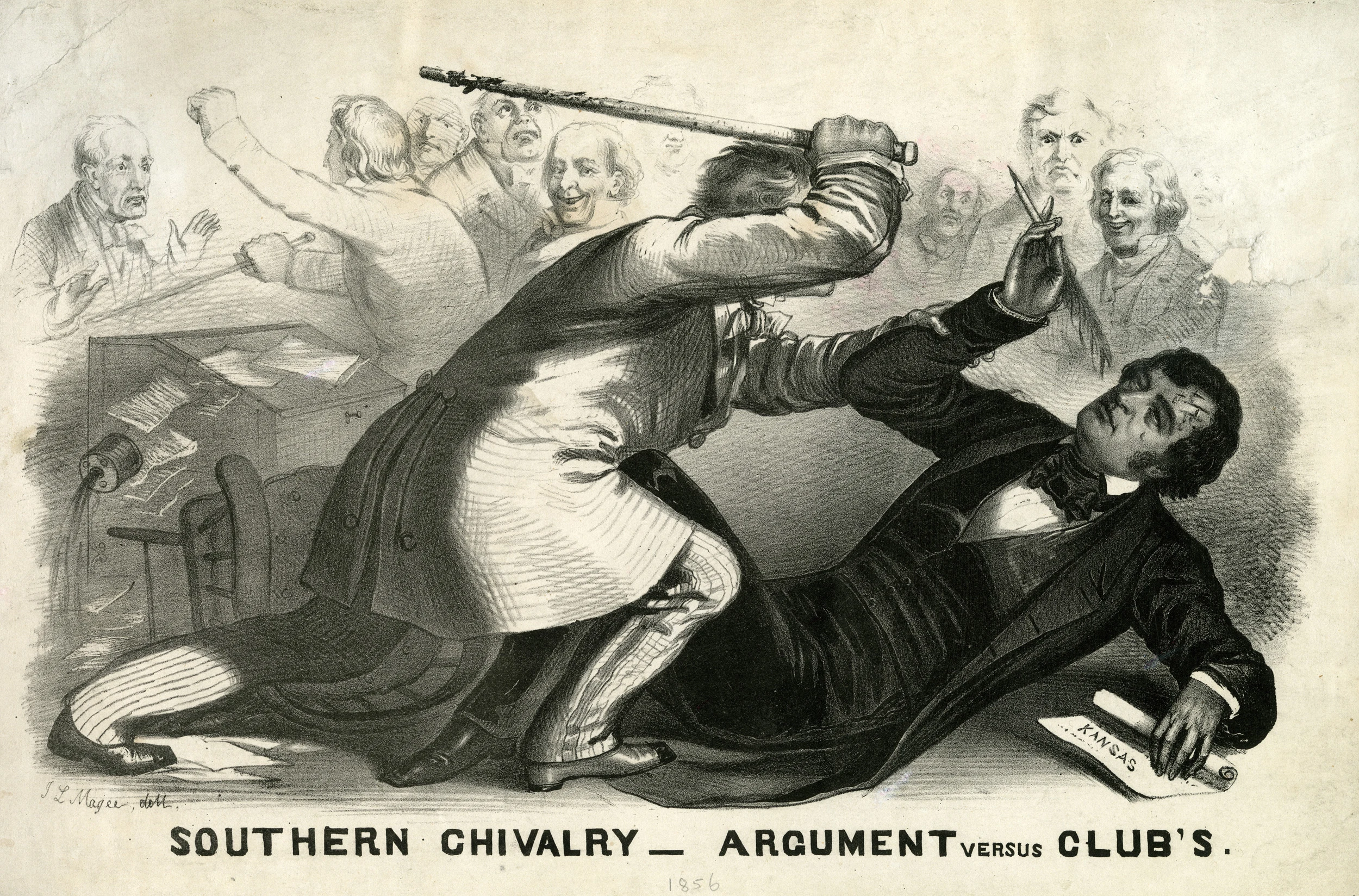
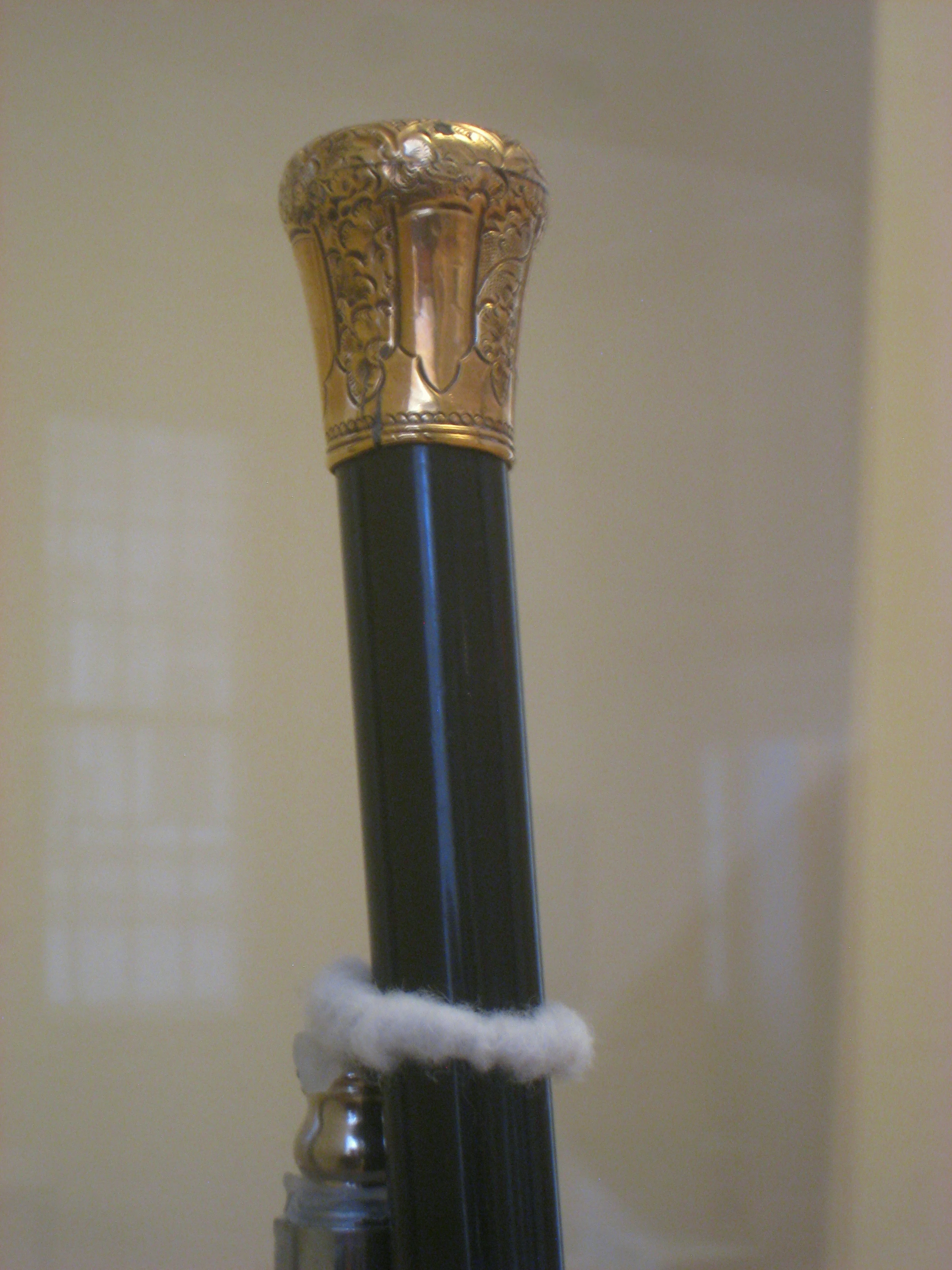








 God Emperor?
God Emperor? 







 S1mps get the r0pe
S1mps get the r0pe












 the Japanese immigration to Brazil
the Japanese immigration to Brazil
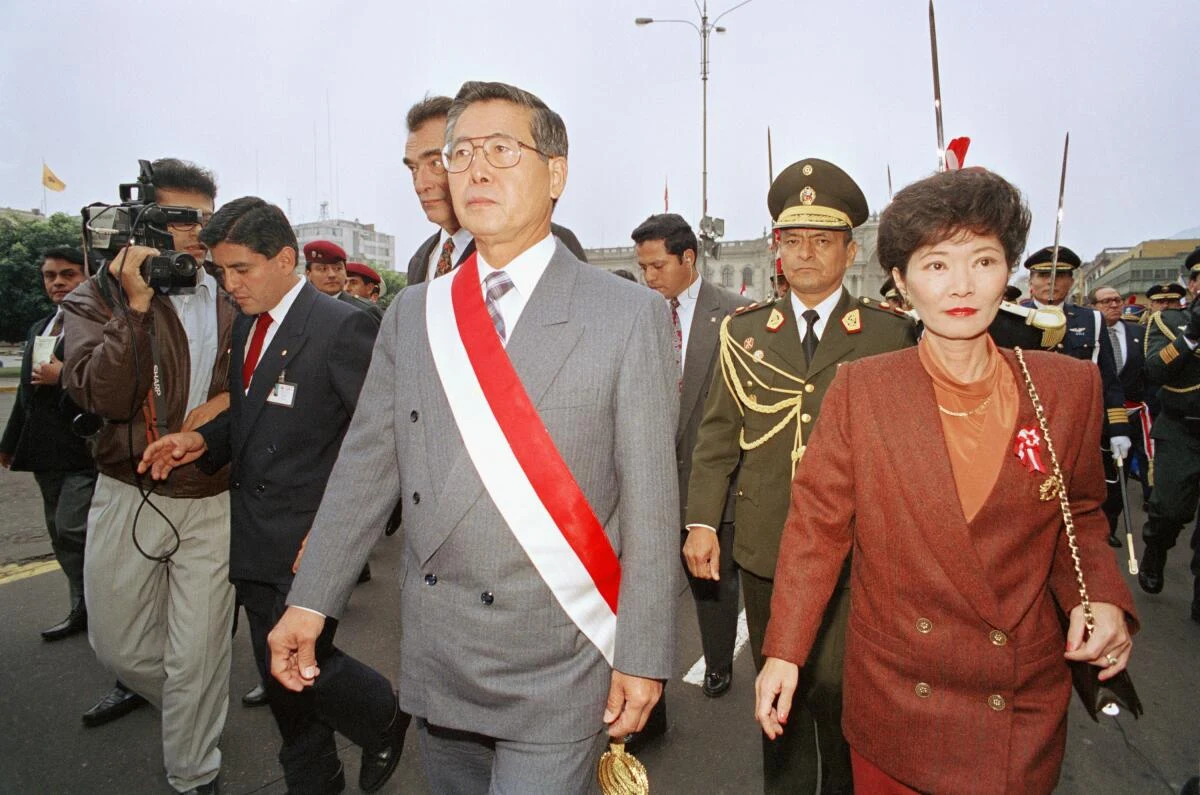
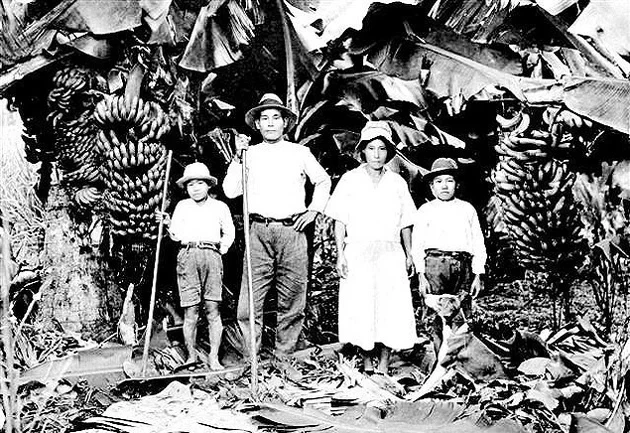
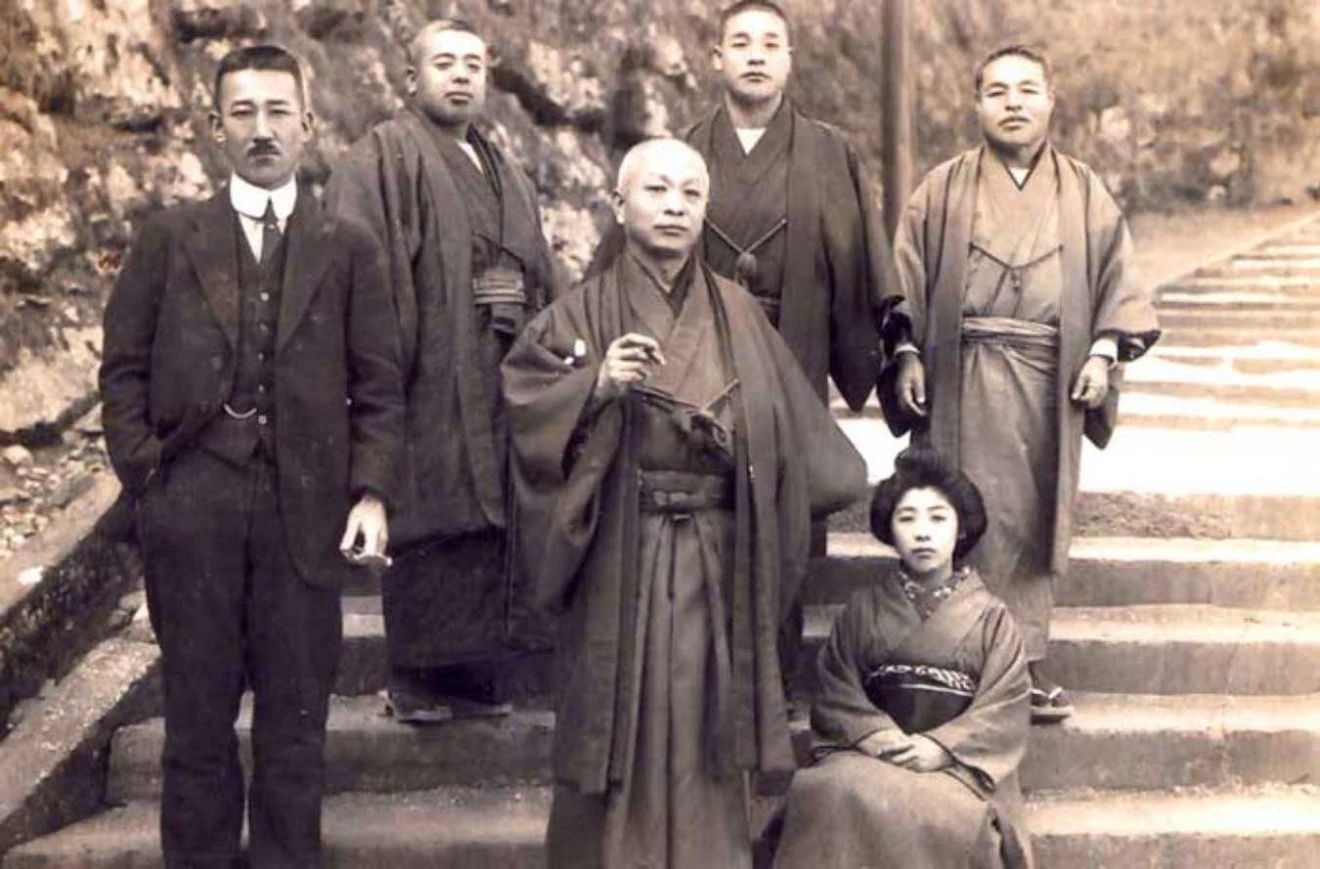
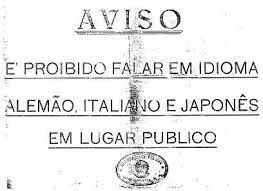


 I am a Spiderman CRUSADER
I am a Spiderman CRUSADER 





